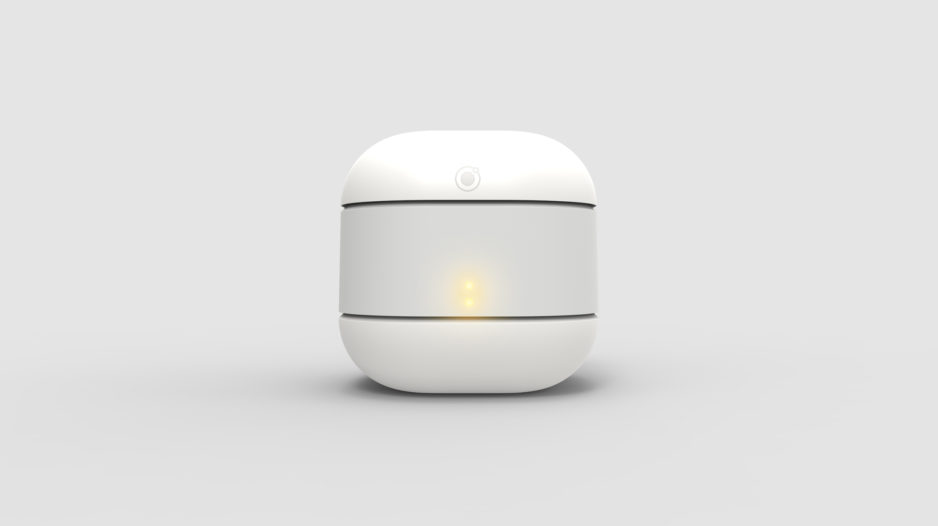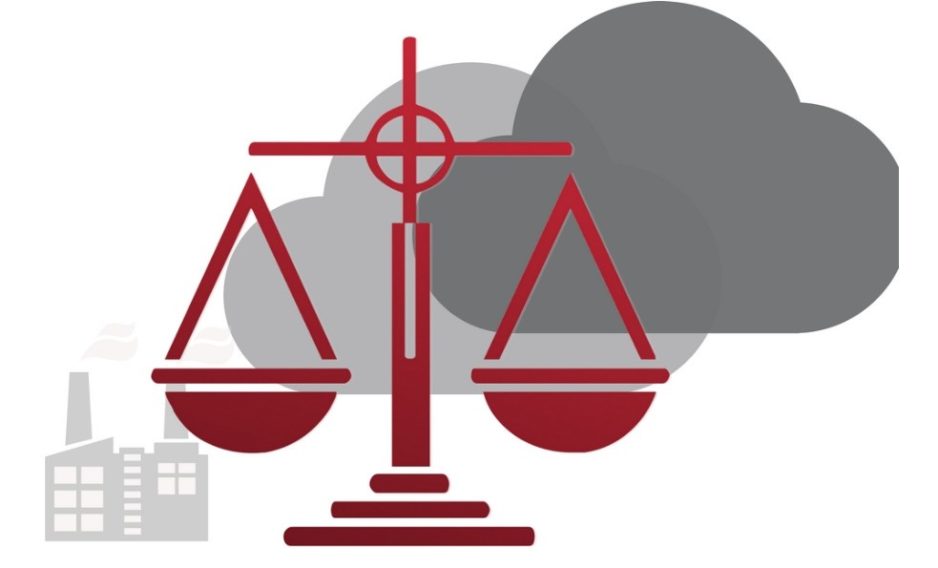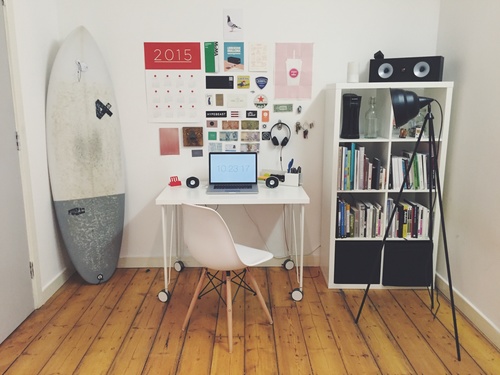As some countries start slowly to go back to work in offices, it’s probably time to think about the air we breathe in subways. We have learned so much about indoor air quality throughout this pandemic that we should probably check few things in our local subway system to assess its air quality. From studies conducted few years back we know that in average people spend 30-40 min in metros, time in which they are exposed to harmful air pollutants from components in the subways and from air pollutants that are brought in through the ventilation system.
An assessment from 2017 that looked at more than 160 studies from 20 countries found that airborne bacteria, particulate matter, aromatic hydrocarbons and carbonyls were the main pollutants in all metro systems. It’s estimated that more than 120 million people used the subway every day before the pandemic. In fact, the use of metros have been encouraged as a way to reduce outdoor air pollution, it has always been the smart, efficient and environmentally friendly way to commute.
However, studies have shown that the exposure to air pollution from point A to point B is higher when done in a subway than walking or in trams, but lower than in buses. Studies have also shown that some stations have very poor air quality but others have demonstrated to comply with the European PM2.5 air concentration limits. Suggesting it is possible to have stations with acceptable air quality. It is not clear if the PM prevalent in subways is more toxic than outdoor PM and very little information is out there on the long-term effects of subways’ air quality.
In essence, the source of subway PM comes from the train wheels, brake pads, steel rails and power-supply materials. And is affected by the ventilation, outdoor air supply, depth of station, date of construction, train frequency and the existence of screen-door systems.
Comparison between stations with better air quality and those with poorer air quality shows that changes can be made to improve things. For example, changes in train speed, type of ventilation, the implementation of screen-doors and the use of air purifiers are all positively impacting air quality in subway stations.
If some stations can have acceptable air quality, this means that constant air monitoring can lead to effective changes that will benefit those millions of subway users.
Open Edition Journals- Commuting by subway? What you need to know about air quality
Science Direct- Air quality inside subway metro indoor environment worldwide: A review.


















